I was conversing online about staple survival crops for northern gardeners recently and it made me think: I need to write more here on what you can grow in cold climates to keep your family fed.
In my recent Survival Gardener newsletter (you can sign up for the newsletter here) I wrote about yams and northern staple survival crops – and I’ve decided to cover the latter in greater detail here.
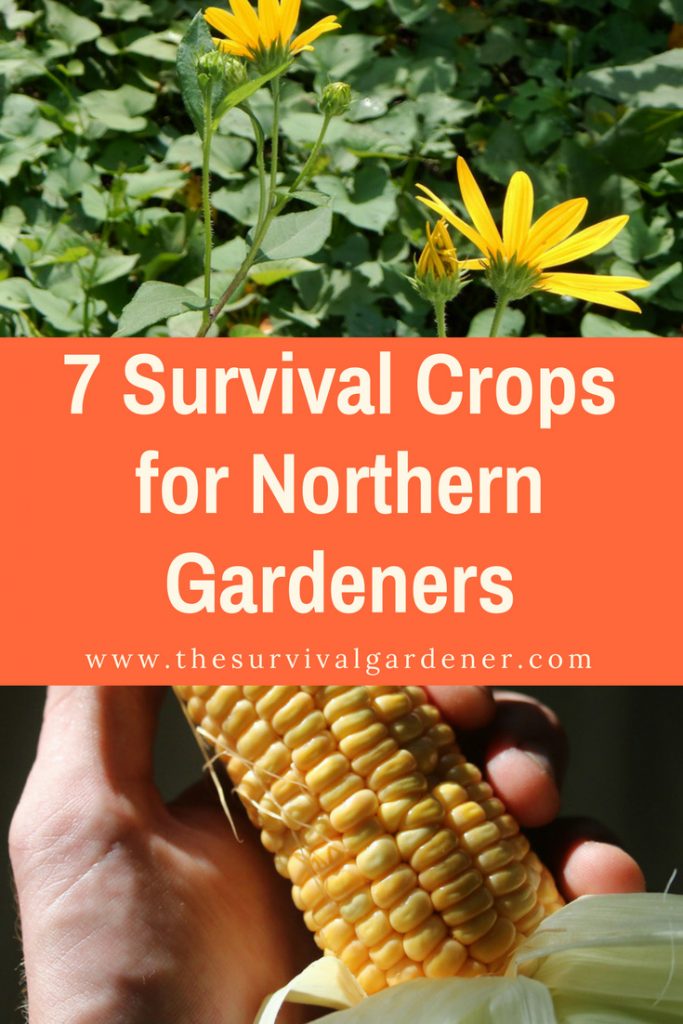
There are plenty of staple crops in the tropics (I cover 10 good ones in my Top 10 Tropical Staple Crop Countdown video) but as you move farther north it gets harder to produce a lot of calories on your land. Seasons are short and sunlight is less intense, plus the variety of plants you can choose from is greatly limited.
Yet all is not lost.
Here are a few tried-and-true survival crops for the north, plus one that shows great potential.
7 Staple Survival Crops for Northern Gardeners
Potatoes
Your best bet as a survival staple in northern climates is the trusty potato.
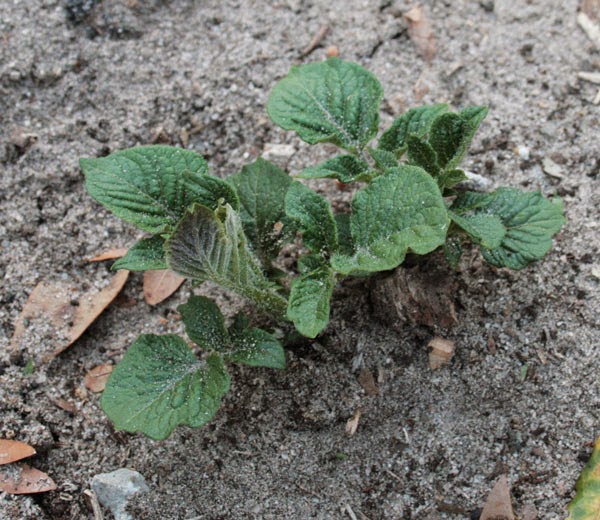
Potatoes are really hard to beat on yields and caloric content, plus they take less space and a lot less work than small grains.
I’ve grown wheat, oats, barley and rye. Though they’re pretty easy to grow, processing makes them a serious pain. I outlined the pros and cons in this article – go read for yourself. Potatoes are much simpler.
The Three Sisters
This is a classic method of gardening practiced by the Indians, as seen here.
Interplant corn, beans and pumpkins/winter squash for a three sisters garden. Let’s cover them individually.
Corn
I love corn. It’s a ton of fun to grow and it’s much easier to harvest and use than most other grains. It’s also beautiful.

The variety of grain corn varieties is staggering. Up north, I recommend sticking to “flint” corns, as dent corn takes much longer to mature.
Beans
In the three sisters garden, pole beans are used. For a survival crop, look for types you can shell and save – not green beans.
Beans aren’t super-high yielders compared to a root crop, but beans do contain a good amount of protein.
Pumpkins/Winter Squash
Pumpkins and winter squash will yield you a lot of weight in long-storing calories if you pick the right varieties. Vermont Harvest of the Month has a great illustration and recipes on their site.
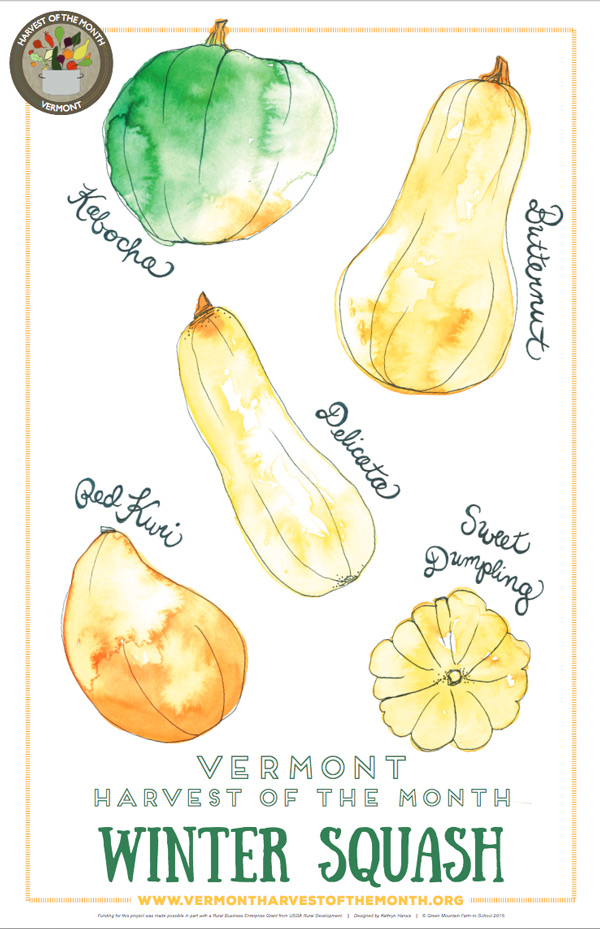
In the north, gardeners should mostly stick to C. maxima and C. pepo varieties. In the south, C. moschata usually does better.
Jerusalem Artichokes
Steve Solomon were talking about northern staples a few days ago and I suggested the Jerusalem artichoke as a super-easy root crop; however, he pointed out that the difficulty most of us have in digesting them makes them a lot less attractive in the long run.
I love their productivity but the tubers mess up your digestion unless you’re very acclimated to them. They are likely a better choice as an animal feed, particularly for pigs.
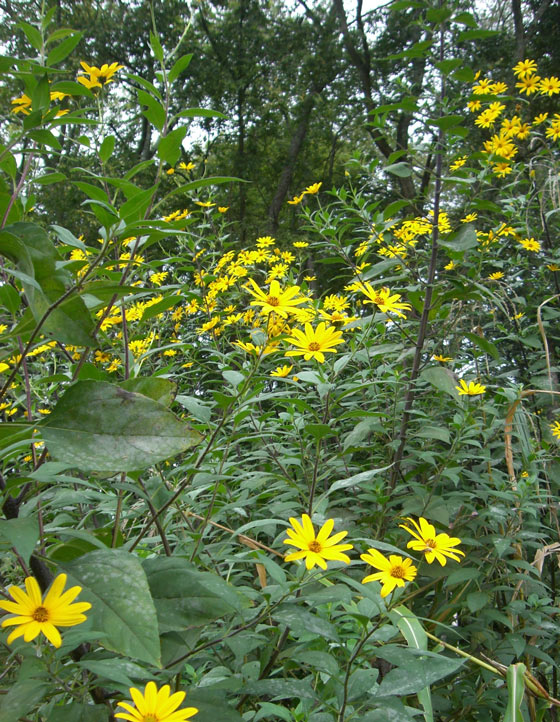 Jerusalem artichokes are beautiful and make a great addition to the edges of a property or in rougher soil where regular vegetables don’t grow.
Jerusalem artichokes are beautiful and make a great addition to the edges of a property or in rougher soil where regular vegetables don’t grow.
I planted these along a rough drainage ditch in hard Tennessee clay and rocks and they grew like crazy.
Turnips
Another option are turnips. I planted big beds of turnips one year and had great success… but eating turnips daily gets old fast.
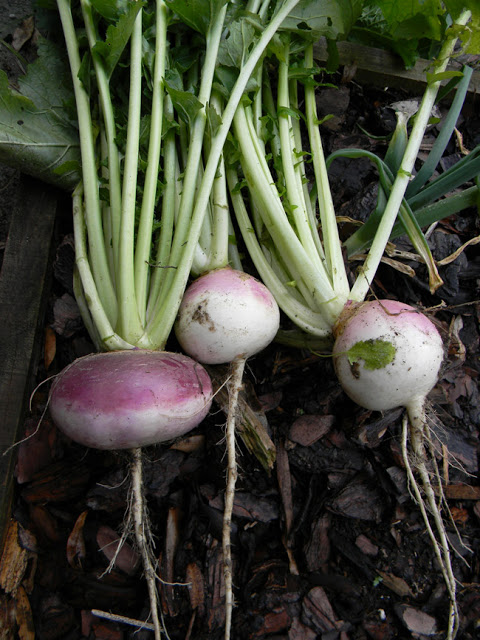
I knew we grew too many when my wife Rachel presented me with a turnip pie she baked for dessert one evening.
After weeks of turnips in stews, mashed, roasted… then pie… I didn’t want to see another turnip for a long time.
On the up side, the greens are very good to eat and quite nutritious, making them a dual-purpose crop.
Chinese Yams
Some northern gardeners have had luck growing the cold-tolerant Chinese yam, AKA Dioscorea batatas.
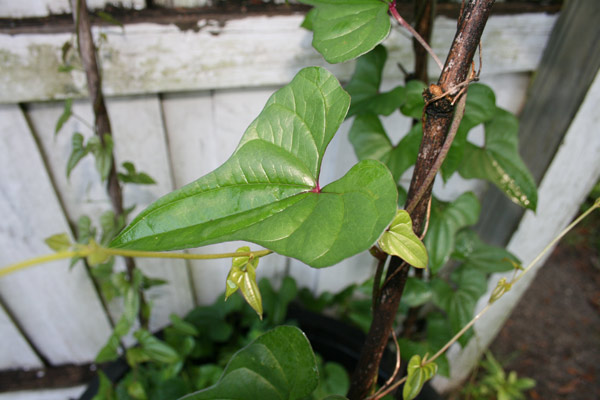
Experiment and see how it does. As a bonus, the Chinese yam produces tiny little roots on the vine. Cook them up like mini potatoes!
See those here:
Try Chinese yams in your garden and tell me how they turn out – they did well for me in North Florida and Eric Toensmeier grew them successfully in Massachusetts. I think they have a lot of potential as a staple survival crop. Just be careful, as they may be an invasive species in some areas.
BTW, I mentioned their invasive nature on my newsletter this Wednesday and reader Sharon wrote back “the real invasive species is soy and GMO corn. Wild yam will feed you along with many other weeds.”
I agree. Feeding yourself is of high importance, and if a vegetable grows like a weed and produces calories… I find it hard to demonize.
You can buy Chinese yam bulbils from Sharon in her online store here, along with an assortment of other obscure and wonderful plants.
Conclusion
There you go: seven staple survival crops for northern gardens. Did I miss any of your favorites?
Let me know in the comments.
And check out my book Grow or Die: The Good Guide to Survival Gardening for serious help in a collapse.
Another great title is Carol Depp’s The Resilient Gardener.
And the must-have Gardening When it Counts, by Steve Solomon.
*Beans image by Kenneth Leung. Creative Commons license.



9 comments
Is there a reason Apios americana/groundnut/hopniss isn’t included? The improved varieties can generate a decent amount of calories, I thought- thanks as always for your excellent posts! :)
How about some other traditional northern European roots to go with the turnips? Parsnips were a go to root before the introduction of potatoes in northern Europe, they have a similar calorie count to potatoes. There are also beetroot and swede (rutabaga).
Great list for the faithful producers in colder climates. I’d be pushing the zone however (plug-plug ;) ) on growing choko however. We did this successfully, when we lived in one of the coldest states of Queensland, Australia. We’d get regular negative figures in winter. Our choko vine was grown next to a metal garden shed, with a concrete slab, which ensured fruits grew to a good size, in our shorter growing season.
You can treat it like an annual, if you get a freeze, and save a fruit (or four) for planting out again, next growing season.
Include radishes, especially the giant Japanese daikon radishes. Super easy, grow fast, reseed easily, very frost tolerant.
Soybeans.
Peas.
I agree that the radishes are productive but the caloric content is low – I couldn’t see living on them as a staple. I don’t like soybeans because of their estrogenic nature. Field peas could work, though. High protein and they can be stored dry.
Better late than never, I’ve remembered another one: broad beans were another historic survival crop in Northern Europe. Them and their ancestors the field bean. I think they’re called fava beans on your side of the Atlantic. The annual ‘hungry gap’ where starvation happened in the bad old days occurs just ahead of the broad bean harvest. Like the pole beans and (soup) peas already mentioned they have lots of calories and plenty of protein.
Agree, t8trs #1 for us here in glacier country! Pumpkins take careful planning but worth it if they take. I’d highly suggest Black Currants as they can withstand freeze temps and wet feet in the spring, easy to grow with bountiful harvests and beautiful benefits. We also do well with apples, beets, plums, red currants, all in the allium & apium family.
Excellent!
[…] Once the kernels are dry, remove them from the cob and store them in airtight containers in a cool, dark location. Properly stored corn can last for up to one year. Alternatively, corn can be preserved by canning, […]
Comments are closed.